How the FY2026 budget can make a difference amid challenges
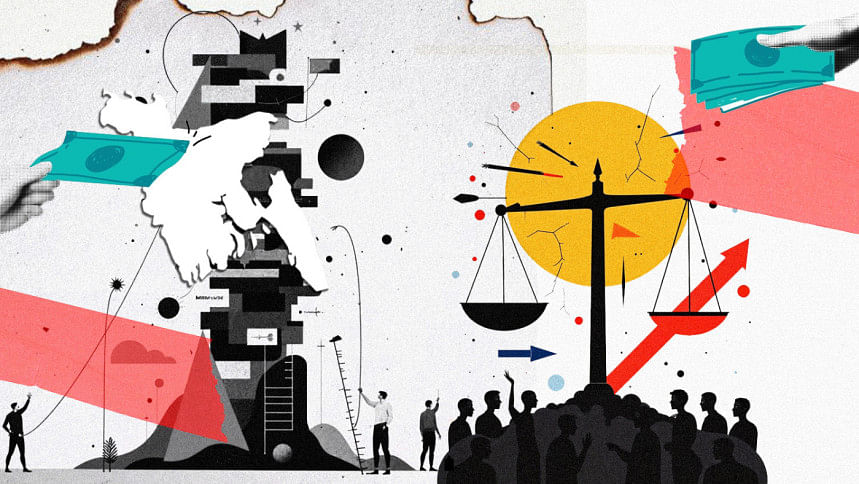
The national budget for the 2025-26 fiscal year, set to be published on June 2, comes at a critical economic crossroads. It assumes crucial importance in steering the country towards a stable economic condition. Weak management and lack of governance during the previous government's time left the economy in a deep crisis, the burden of which is currently being shouldered by the interim government. The country has been facing formidable economic challenges, including persistent inflation, low revenue generation, low investment, low employment generation, high non-performing loans (NPLs) in banks, rising external debt-servicing obligations, and poor utilisation of public funds.
Against this backdrop, expectations from the FY2026 budget are high, which are further compounded by the repeated promise from the interim government to undertake reforms in order to establish a discrimination-free society. Understandably, the interim government is now expected to demonstrate this commitment through its budget formulation, which should not aim to chase ambitious growth targets, but should prioritise macroeconomic stability, inflation control, and welfare enhancement of the common people.
Reports suggest that the size of the upcoming budget will be Tk 7.9 lakh crore, which is 0.88 percent lower than the outgoing budget. Similarly, the Annual Development Programme (ADP) will be set at approximately Tk 2.3 lakh crore—13.2 percent less than the original allocation in FY2025. This downsizing underscores the government's objective to restore fiscal discipline and curb inflationary pressures. The budget aims to lower the fiscal deficit to around 3.6 percent of GDP—the lowest in more than a decade, signalling a serious attempt at prudent financial management. However, the challenge lies in ensuring that fiscal consolidation does not come at the cost of investments in critical sectors such as health, education, and social protection.
In Bangladesh, budget allocation for health remains underwhelming, with spending still below one percent of GDP, a figure that has stagnated for decades. Similarly, the allocation for education continues to fall short of the targets outlined in the Eighth Five-Year Plan, undermining efforts to build human capital. These shortcomings highlight a tension between fiscal austerity and the urgent need to invest in social sectors to build human capital and promote equity.
As before, the challenge for the interim government will be strengthening revenue mobilisation, which remains significantly low compared to the potential for higher collections. Amid low revenue collection for about a decade, the government aims to increase revenue collection in FY2026 by 7.6 percent compared to the revised target for FY2025, which seems unrealistic. It has to address this challenge not by raising tax rates but by expanding the tax base, enhancing compliance, and digitalising tax collection systems. Bringing high-income earners and the informal sector into the tax net is critical. The postponed restructuring of the National Board of Revenue (NBR) into two separate divisions—a move designed to improve tax administration but met with protests from officials—demonstrates the complexities of reforming revenue institutions. While political resistance has delayed this reform, it remains imperative that the interim government modernises tax administration, enforces compliance, and combats tax evasion.
Subsidy reform is another area demanding immediate attention. Blanket subsidies, particularly in energy and agriculture, contribute significantly to fiscal pressures and distort market signals. The budget has to phase out such subsidies and adopt targeted support to ensure that the vulnerable population are protected, while promoting efficient resource allocation.
Monetary policy will need to work in tandem with fiscal measures to stabilise the economy. The adoption of a market-driven exchange rate regime—a condition for IMF loan disbursement—has been a significant reform. However, it could lead to volatility of the currency market, which should be addressed through careful management. The Bangladesh Bank has adopted a contractionary monetary policy to control inflation, which has to be pursued for a few more months as the inflation rate is still high. However, the productive sectors should have access to sufficient liquidity support. Coordinated fiscal and monetary efforts are necessary to stabilise the exchange rate, manage external borrowing, and strengthen foreign exchange reserves. The balance of payment situation has improved due to higher exports and remittances in recent months. Efforts to increase formal remittance inflows and prudent foreign debt management will play crucial roles in maintaining BoP stability.
The other part of the budget is judicious public spending. With fiscal space constrained, the budget should not rely excessively on commercial borrowing from banks that could crowd out private investment and make borrowing expensive for the private sector. Concessional external financing should be pursued wherever possible. However, careful assessment of repayment capacity and project returns is required in this case. Efficiency in public spending is paramount. The government must focus on high-impact, socially beneficial projects while excluding politically motivated, low-return projects. The planning adviser mentioned that the ADP would be more realistic and efficient in FY2026.
The national budget is also expected to prioritise employment generation. Bangladesh faces rising youth unemployment and underemployment, compounded by structural challenges in the labour market. Therefore, the upcoming budget must also consider measures to bolster employment generation. It should prioritise labour-intensive sectors such as RMG, agriculture, ICT, and construction. Investment in skills development, digital literacy, and entrepreneurship support will be vital to prepare the workforce for meeting the market demands. Micro, small, and medium enterprises should be provided with support in areas such as access to finance, capacity-building, and market linkages.
The FY2026 budget should also clearly present a roadmap of economic measures in view of Bangladesh's graduation from the Least Developed Country (LDC) status in November 2026. The loss of duty-free, quota-free (DFQF) market access and concessional financing will necessitate proactive strategies to maintain export competitiveness and financial stability. The budget should support productivity enhancements, strengthen trade facilitation mechanisms, and invest in export diversification to reduce dependency on a narrow range of products and markets. Additionally, in view of the US reciprocal tariff and LDC graduation, the budget must rationalise tariff structures to align with global trade norms and enhance competitiveness. In the case of finance, Bangladesh should explore alternative sources of concessional financing, such as climate funds, green bonds, and public-private partnerships for sustainable infrastructure development.
While stabilisation and reform are essential, the budget must not lose sight of social equity. The interim government's proposed streamlining of social safety nets, reducing the number of schemes while increasing beneficiary coverage, reflects a move towards efficiency. However, allocations for social protection remain inadequate. The new budget must ensure that reforms translate into tangible benefits for the most vulnerable segments of society, supported by robust implementation and monitoring mechanisms.
The FY2026 budget must be more than a mere fiscal statement. While budgets are annual by design, they must reflect the country's long-term ambitions, grounded in its medium-term strategies like five-year plans and sectoral policies. By focusing on prudent fiscal management, targeted social protection, and strategic investment in infrastructure and human capital, policymakers can navigate Bangladesh's current economic challenges and foster economic opportunities for citizens.
Dr Fahmida Khatun is executive director at the Centre for Policy Dialogue (CPD).
Views expressed in this article are the author's own.
Follow The Daily Star Opinion on Facebook for the latest opinions, commentaries and analyses by experts and professionals. To contribute your article or letter to The Daily Star Opinion, see our guidelines for submission.
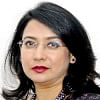
 For all latest news, follow The Daily Star's Google News channel.
For all latest news, follow The Daily Star's Google News channel. 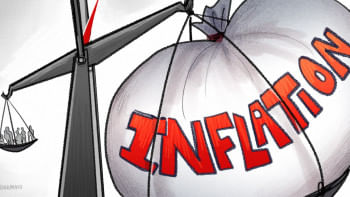





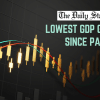




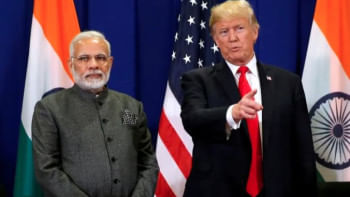
Comments